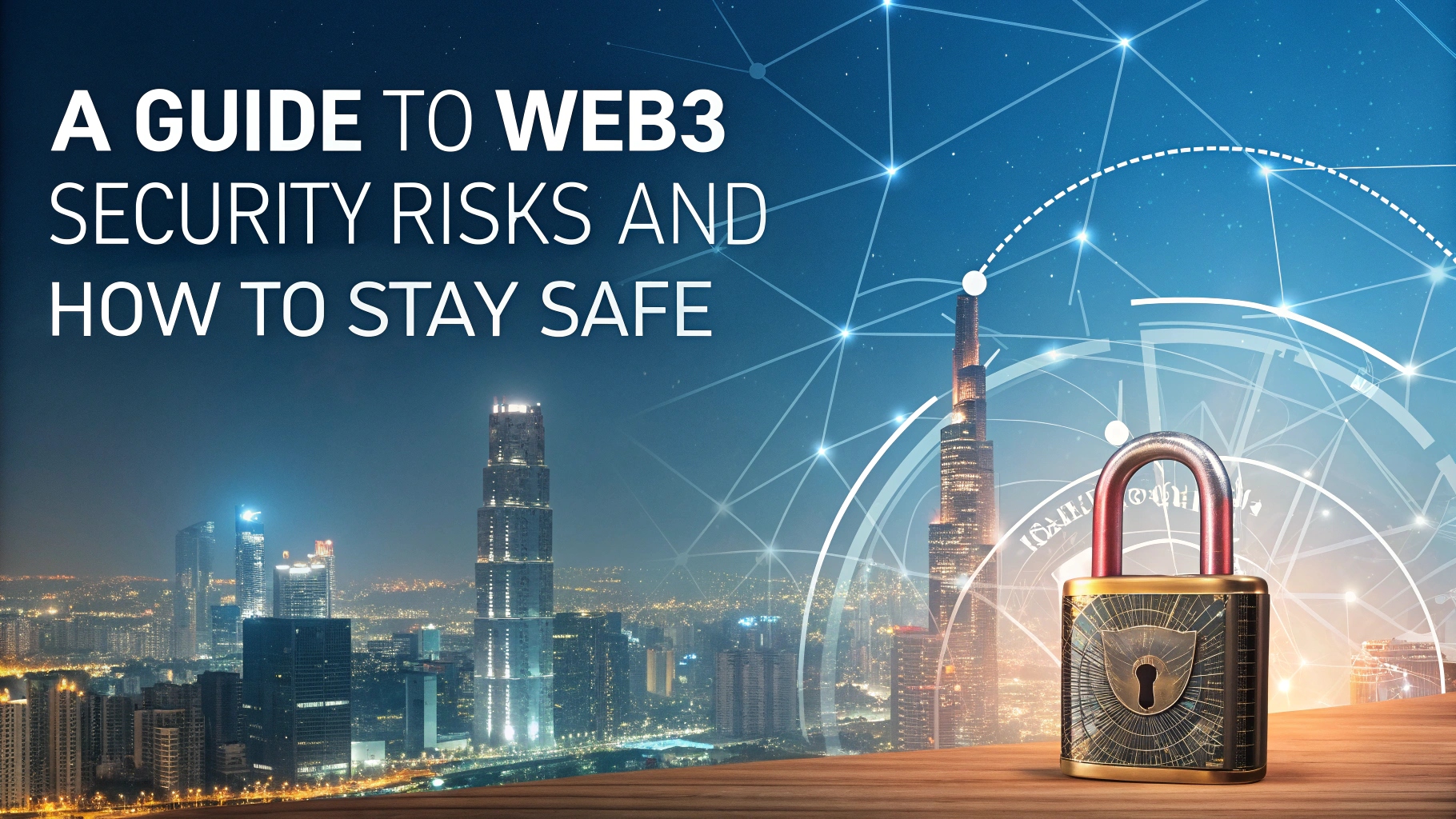Web3 represents a decentralized vision of the internet, emphasizing user control, transparency, and resistance to censorship. However, with greater autonomy comes increased responsibility. Understanding the associated risks and implementing best practices is crucial for navigating this new digital landscape safely.
🌐 Understanding Web3’s Security Landscape
While Web3 aims to minimize trust in centralized entities, it doesn’t eliminate the need for trust entirely. Users must place confidence in the code governing blockchain networks, smart contracts, and decentralized applications (DApps). This shift introduces unique security considerations:
- Loss of Private Keys: Misplacing your private keys or recovery phrases can result in permanent loss of access to your assets.
- Phishing and Scams: Attackers may attempt to deceive you into revealing sensitive information.
- Smart Contract Vulnerabilities: Flaws in contract code can be exploited, leading to asset loss.
- Centralized Service Failures: Reliance on centralized services within a decentralized ecosystem can introduce points of failure.
🔐 Best Practices for Web3 Security
1. Safeguard Your Private Keys
- Use Hardware Wallets: Store your private keys offline using reputable hardware wallets.
- Secure Storage: Keep your recovery phrases in a safe, physical location, preferably written on a durable medium.
- Avoid Digital Copies: Refrain from storing recovery phrases in cloud services or digital notes.
2. Be Vigilant Against Phishing
- Verify Sources: Always double-check URLs and email addresses for authenticity.
- Never Share Sensitive Information: Legitimate services will never ask for your private keys or recovery phrases.
- Use Anti-Phishing Tools: Employ browser extensions or services that warn against known phishing sites.(reddit.com)
3. Exercise Caution with Smart Contracts
- Research DApps: Engage with well-established DApps that have undergone security audits.
- Limit Permissions: Only grant necessary permissions to DApps, and regularly review them.
- Stay Informed: Keep abreast of news regarding vulnerabilities or exploits in the DApps you use.
4. Diversify and Decentralize
- Avoid Single Points of Failure: Don’t store all assets in one wallet or platform.
- Use Multiple Wallets: Separate wallets for different purposes can reduce risk.
- Regular Backups: Maintain up-to-date backups of your wallets and recovery phrases.
🧭 Choosing a Secure Web3 Browser: Introducing iBrowe
A secure browser is your gateway to the Web3 world. iBrowe offers a suite of features designed to enhance your Web3 experience:
- 🔒 Built-in Privacy Protections: Automatic blocking of trackers, ads, and fingerprinting techniques.
- 🧰 Integrated Crypto Wallet: Manage your digital assets directly within the browser without relying on third-party extensions.
- 🚀 Optimized Performance: Fast browsing speeds with reduced resource consumption.
- 🛠️ User-Centric Design: Intuitive interface tailored for both novice and experienced users.(carbon.website)
By choosing iBrowe, you align with a browser that prioritizes your security and privacy in the decentralized web.
⚠️ Final Thoughts
Navigating Web3 requires a proactive approach to security. By understanding potential risks and implementing the best practices outlined above, you can confidently engage with decentralized technologies. Remember, in the world of Web3, your security is in your hands.
Stay safe and explore responsibly!


